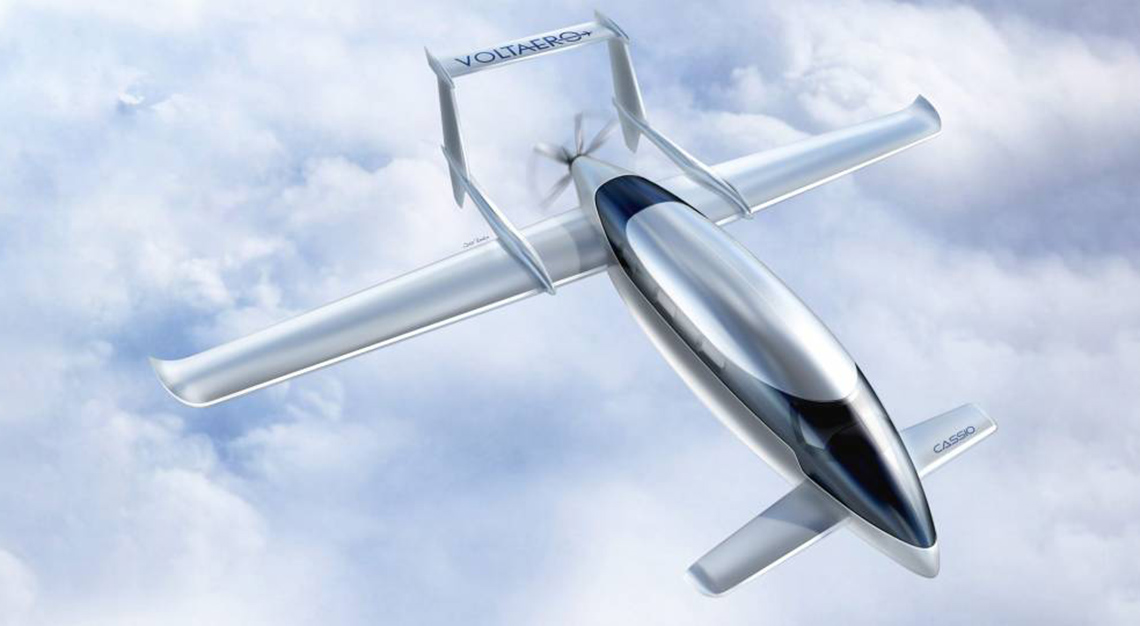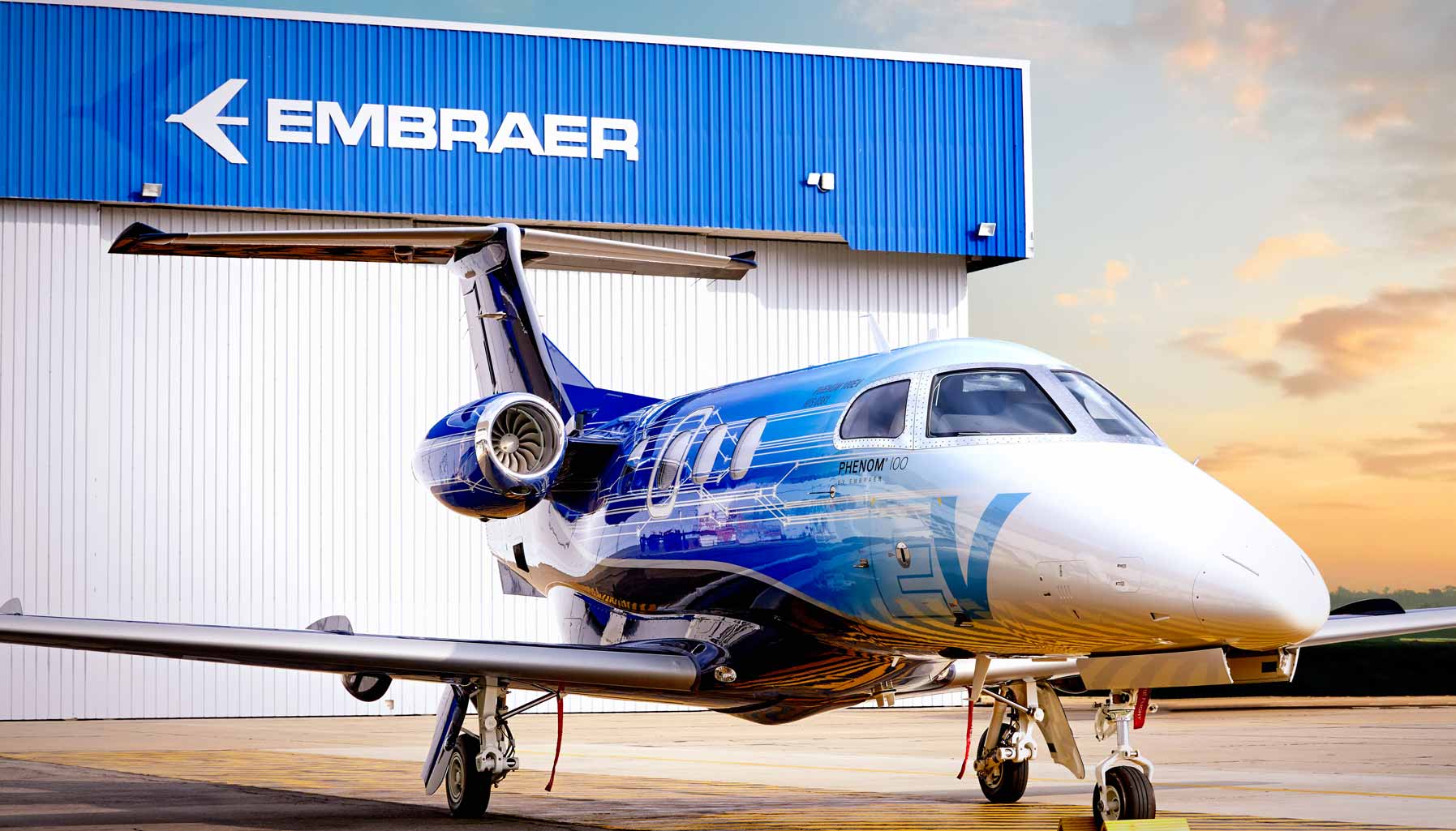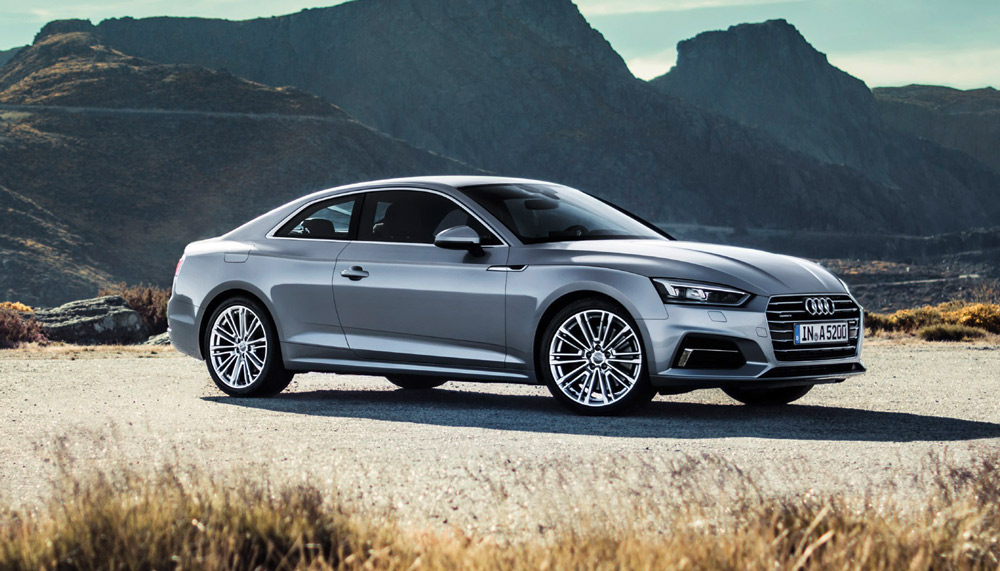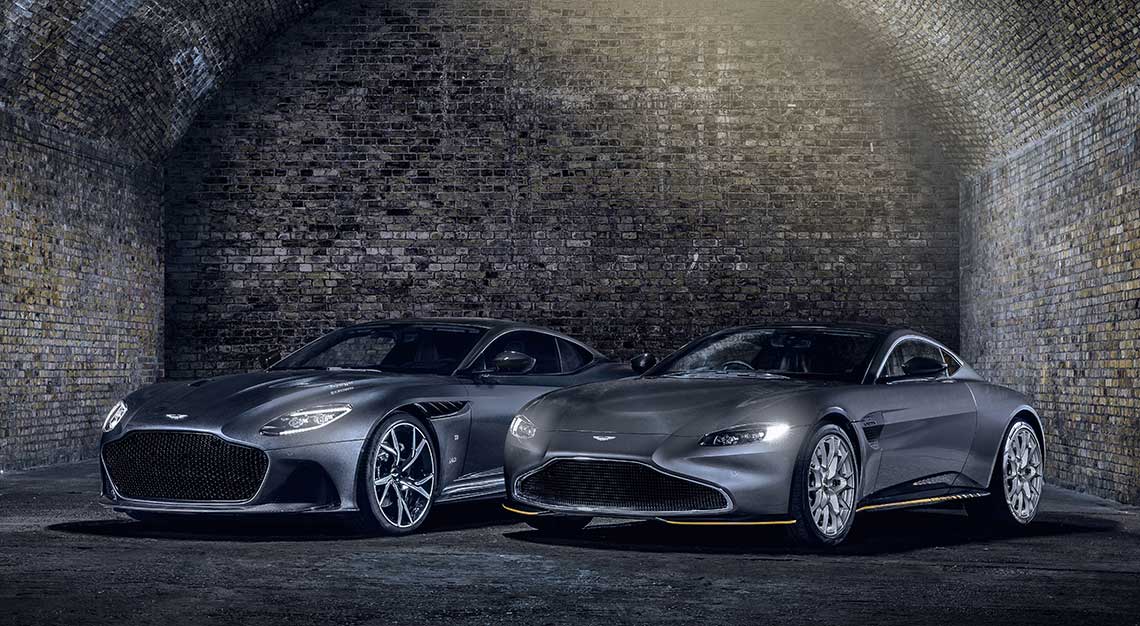The nine-passenger Cassio 2 has an electric propulsion system that turns it into a flying Model X
People buy a Tesla because it is electric, cool and has plenty of performance. What if you could buy an airplane that could fly for about around 200km, land in another city for a business meeting, then fly back home in a fully-charged vehicle?
French aviation startup VoltAero, which has been envisioning the above scenario, has released the final design of its nine-seater Cassio 2. The hybrid aircraft will have a cruising speed of 370 km/hr – much faster than conventional single-prop planes – and will be able to fly in electric-only mode for 200km. The futuristic-looking Cassio 2 could be on the market within two years.

VoltAero has moved far beyond its original Cassio 1, which was loosely based on a Cessna 377, by redesigning the entire concept, adding new fuselage positions and reconfiguring wing and tail sections. Looking more like a sci-fi jet fighter with its “push” propeller in the rear, the Cassio 2 has three lift surfaces that greatly improve its aerodynamics and handling.
Botti, former chief technical officer of Airbus, and his team at Airbus made aviation history when their Airbus E-Fan became the first all-electric aircraft to fly across the English Channel in 2015.
Five years later, Botti and his VoltAero team plans to do the same with the Cassio 2, but on a much broader scale. There are few teams with as much experience in electric-hybrid aircraft, and Botti himself spent ten years developing fuel cells at General Motors. He sees the nine-seater Cassio 2 with a broad appeal for business aviation, crossing different market segments, while also being a huge step forward in environmental stewardship.

“Adding sustainability to aviation will be key to its future,” Botti says. “Aviation needs to be greener and quieter – and cheaper to operate. That’s what we’re doing with our Cassio models. Fortunately, we’re well ahead of competitors. Now that we’ve proven our hybrid electric powertrain is reliable, we’ll see how it appeals to different categories – from private owners to regional airlines, as well as charter, fleet companies, cargo, delivery services and even Medevac.”
VoltAero designed the all-composite Cassio 2 with partner Aero Composites Saintonge. The one-of-a-kind urban air mobility (UAM) airplane can be configured different ways, as a “mild” hybrid four- or six-seater (think the original Toyota Prius with its gas engine and electric motor) or a nine-seater with two Safran ENGINeUS 45 electric motors that allow the aircraft to operate solely on battery power. VoltAero partnered with Formula E automobile racing company, Solution F to develop the biofuel Nissan V6 engine that turns the rear propeller while recharging batteries.
Designed to fly up to 3.5 hours, with a range of 1288 km, the Cassio 2 will be offered in three versions: The Cassio 330, a four-seat configuration with propulsion from combined hybrid-electric power of 442 horsepower (330 kilowatts); the Cassio 480, configured with six seats and hybrid-electric propulsion of 644 horsepower (480 kilowatts); or the Cassio 600, with a 10-seat capacity and hybrid-electric propulsion of 805 horsepower (600 kilowatts). They are designed to fly eight times a day for up to 10 hours. The Cassio 2 will be much quieter than conventional aircrafts, flying below the decibel levels of most airport noise ordinances.
“The design represents the latest step in a very realistic and highly pragmatic creation of an all-new aircraft family,” says Botti. “It benefits from our team’s unmatched experience in hybrid-electric aviation, as well as the ongoing full-scale flight testing that removes the risk as we move toward the production phase.”
Initial deliveries are targeted for the end of 2022, beginning with the four-seater Cassio 330 version. The company has a production facility in southwest France.






